At Kayne Griffin Corcoran, artists place the architecture of art in the frame
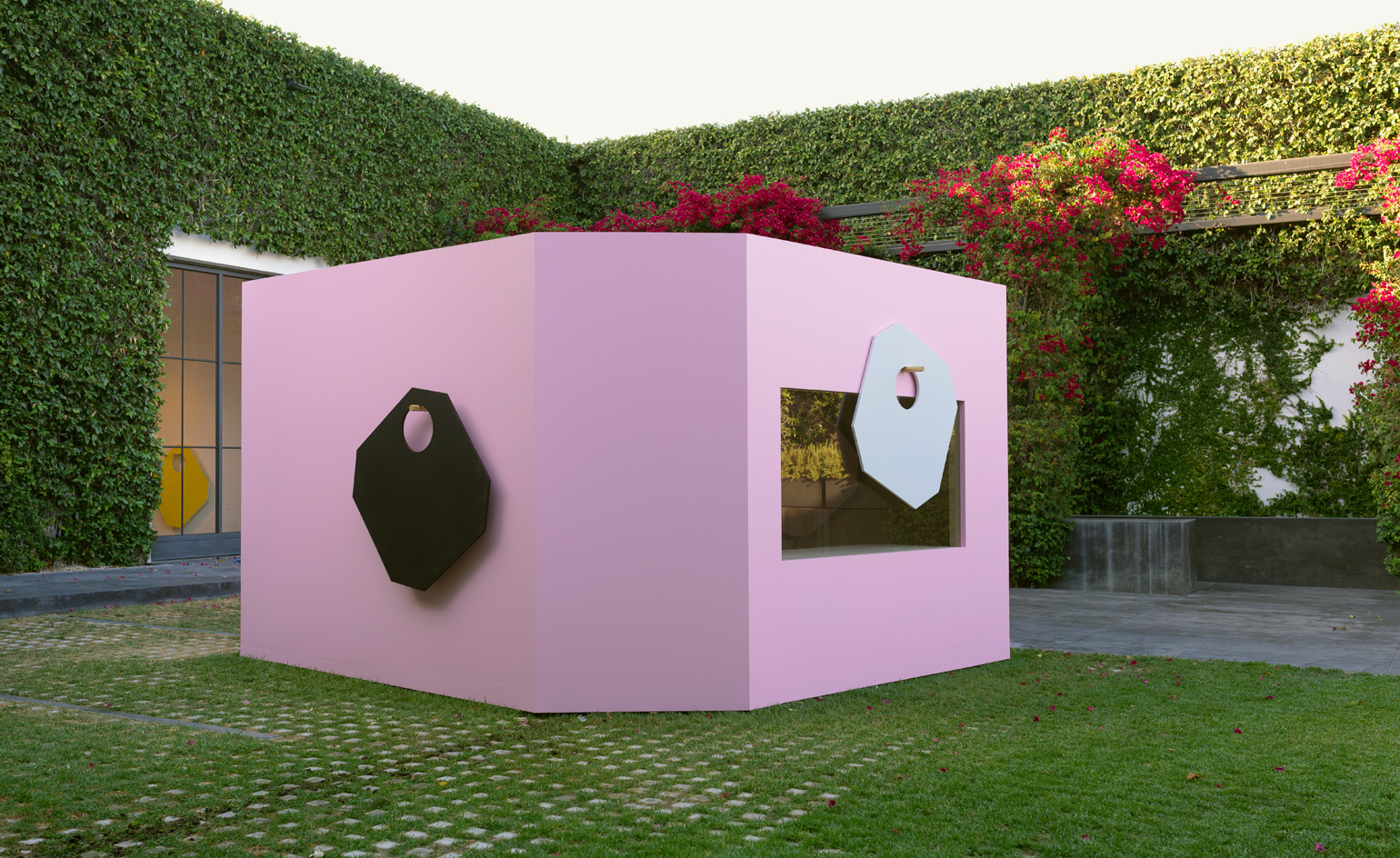
There is an inherent dialogue in the pairing of Jean-Pascal Flavien and Mika Tajima at Los Angeles gallery Kayne Griffin Corcoran, one that explores how our physical environments probe our emotional and social states, and vice versa. It is easy to think of architecture as fixed and permanent, but their works prove that the spaces we inhabit can be flexible and can afford their human participants a surprising amount of agency.
Flavien’s Statement House, as erected in the gallery’s courtyard, is a beautiful blush pink, its interior illuminated by a round skylight. But physical attributes do not describe this house, rather, its inherent mutability does. By inviting two screenwriters, David L Brundige and Max Kopelowicz, to man a Twitter feed that serves as an ongoing 'script' for the house, Flavien explores the possibilities of language, humour and spontaneity in conjuring architecture and daily domestic life. A quick look at Flavien’s Instagram feed reveals his own ongoing observations of the house’s contingencies, including the shifting pool of sunlight at different times of day, to various guests that inhabit the house, to plans for the house that sometimes do, and sometimes do not, actually happen.
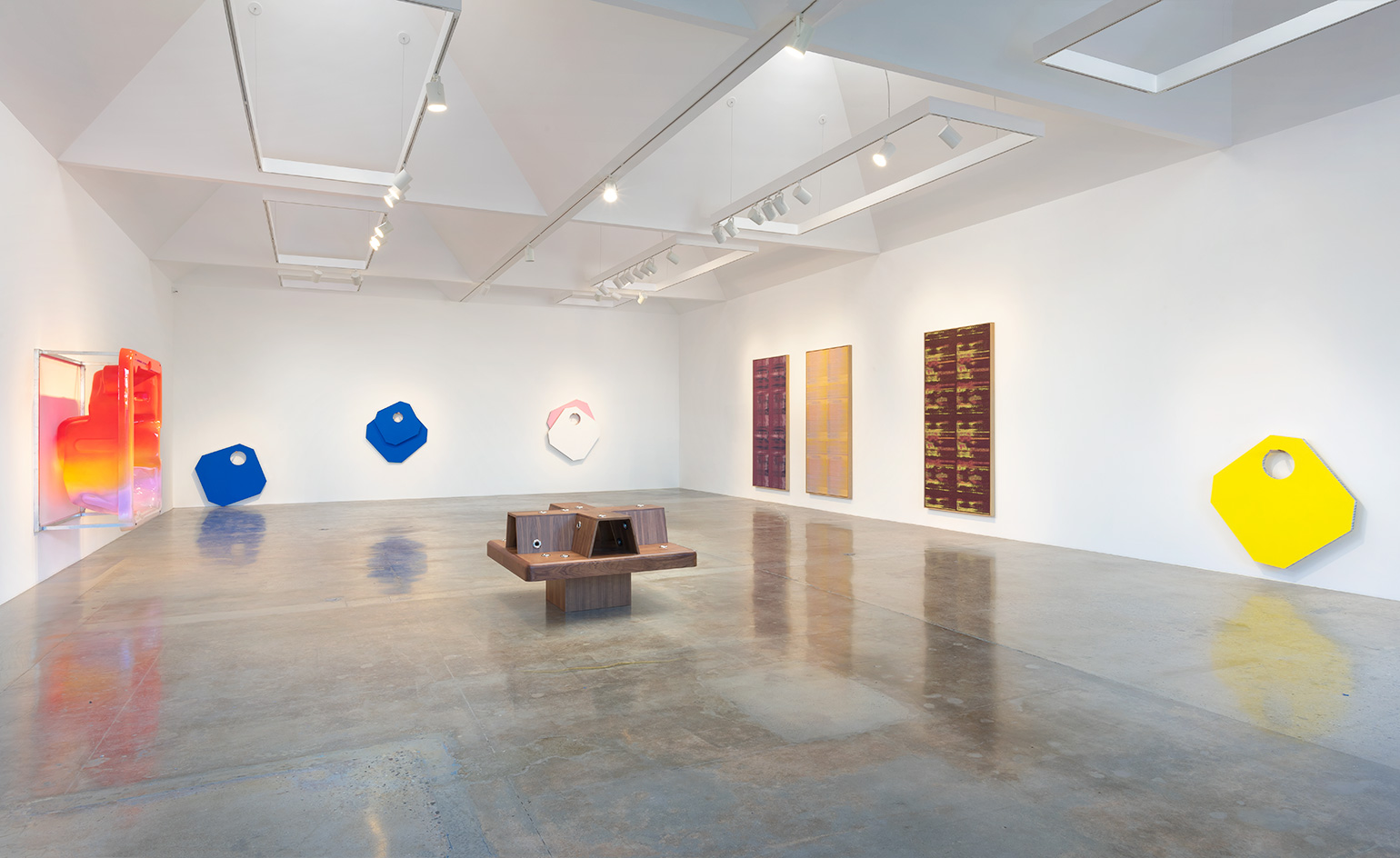
Installation view.
Tajima’s works are more specifically concerned with social spaces, particularly as shaped by labour and technology. Hanging on the wall inside the gallery is a work from the 'Epimelesthai Sautou (Take Care)' series, a cast acrylic form comprising a hot tub with four seats, spray-painted in bright red, yellow and purple. Directly in front of it is a sculpture that could be its inverse: a bench designed after Herman Miller’s 2013 Public Office Landscape furniture system, however, its seats are facing away from each other in an apparent conflict of workplace harmony.
The fixed configurations of the two sculptures provoke thinking on what it means to design for optimisation – for example, do we seek efficiency only to sacrifice flexibility? This question, as it pertains to cities, and to our increasingly vast digital spaces, is explored in Tajima’s Meridian, a light installation connected to a program that analyses the Twitter feeds of the citizens of New Songdo City, Korea, a master-planned city emphasising sustainability and hi-tech living. Tweets are analysed for positive and negative feelings, with the colour and intensity of the lights fluctuating in real time according to the aggregate sentiment. The artist notes: 'The installation underlines the entanglement of our embodied senses with a global network system that seeks to maximise "quality of life" through computational means. The pursuit of quality of life is at the expense of different possible ways of life.'
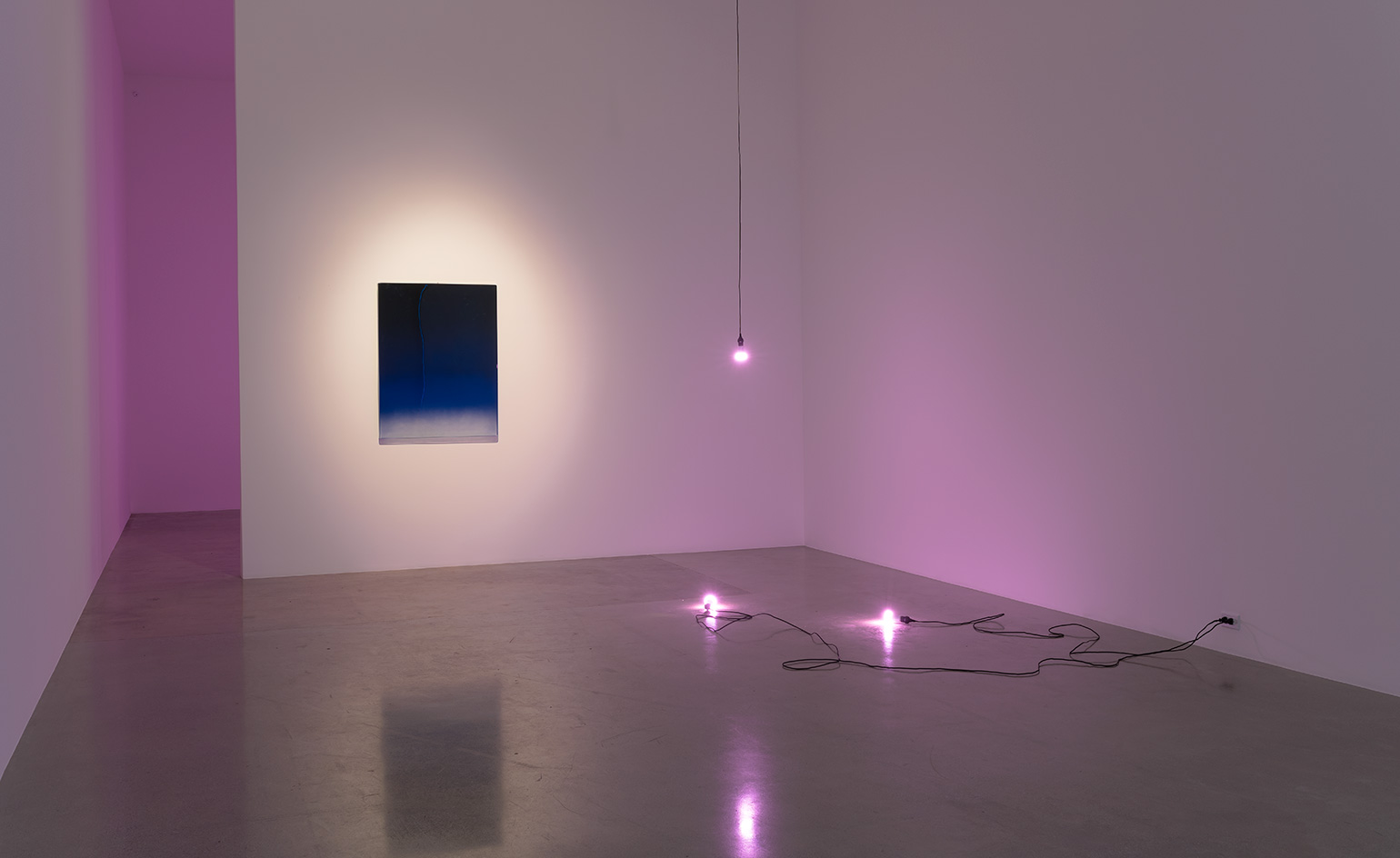
'Meridian', by Mika Tajima, 2016
Perhaps, then, the most possibility arises from thinking abstractly. On the wall amid the Meridian installation is Tajima’s Furniture Series, which is not of furniture at all but rather abstract compositions of spray enamel on flat acrylic panels, as if they were transcendent analogues to a desk or a chair. Her Negative Entropy textiles are more specific: the colorful, abstract weavings are visually based on industrial sounds, and represent individual laborers in different workplaces. Nearby, alternate floor plans for Flavien’s house, in different colours and with slight variations, hang cheerily on the wall, arguing that all you might need to do, if met with a challenging space, is to change the plan.
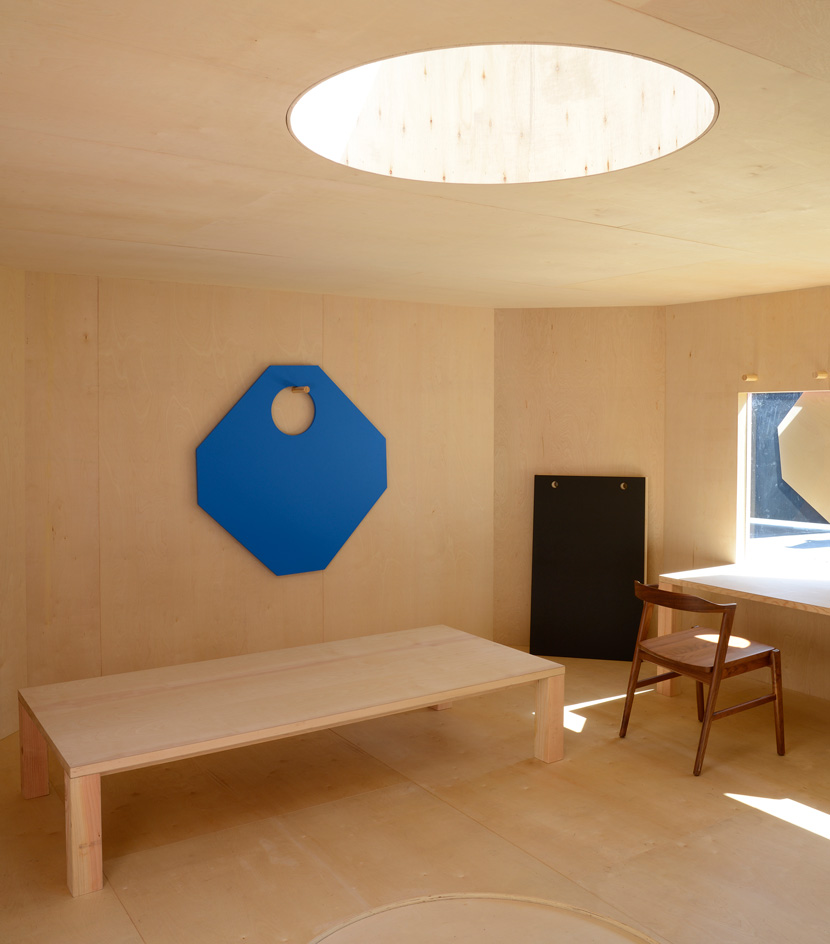
A view inside Flavien's statement house (temporary title) Los Angeles, 2016.
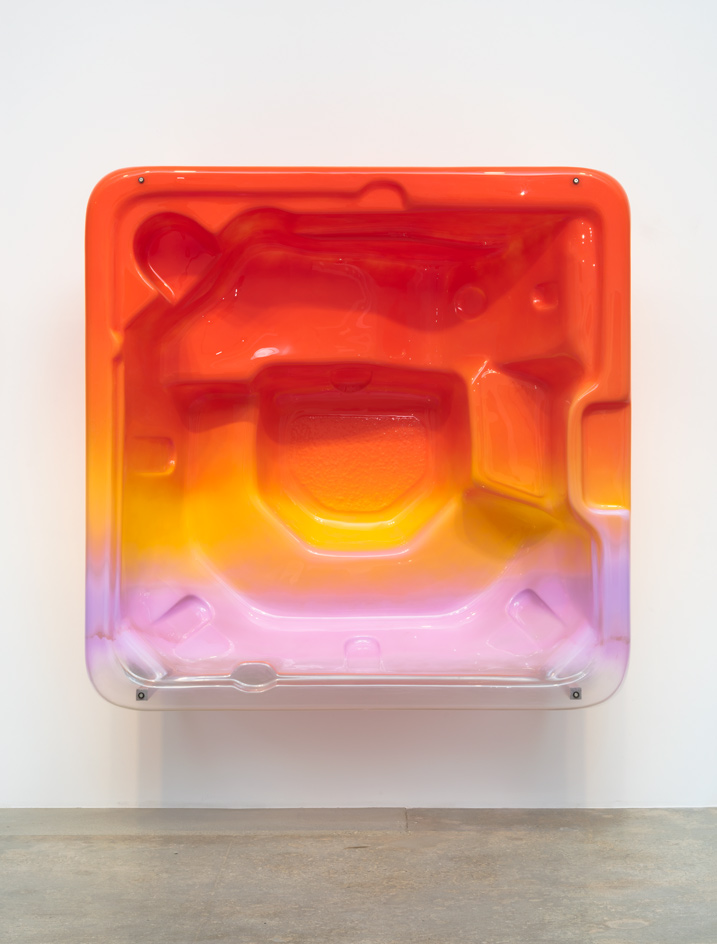
Epimelesthai Sautou (Take Care), 1, by Mika Tajima, 2014.
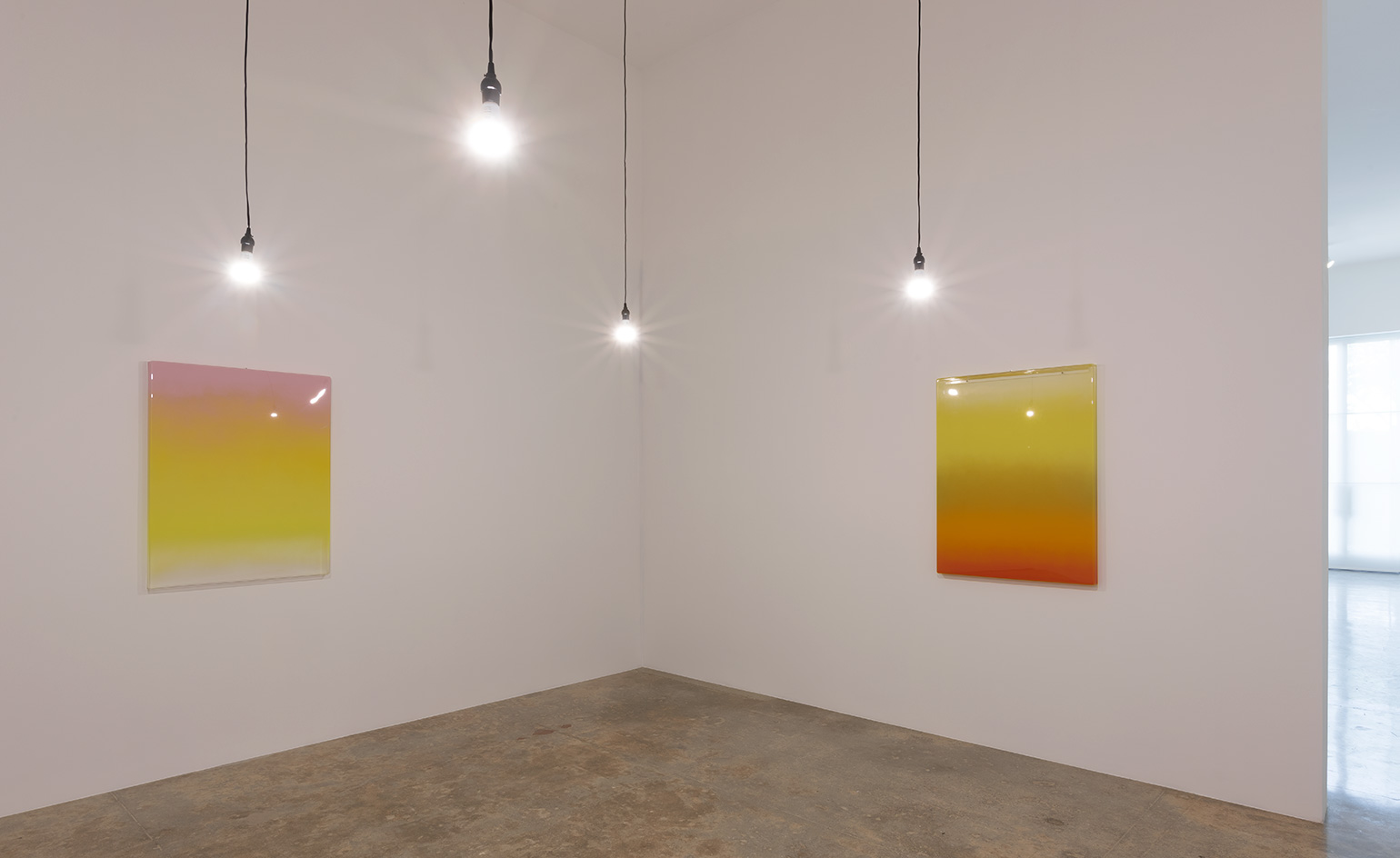
Installation view of Furniture Art (Socorro Island), by Mika Tajima, 2016.
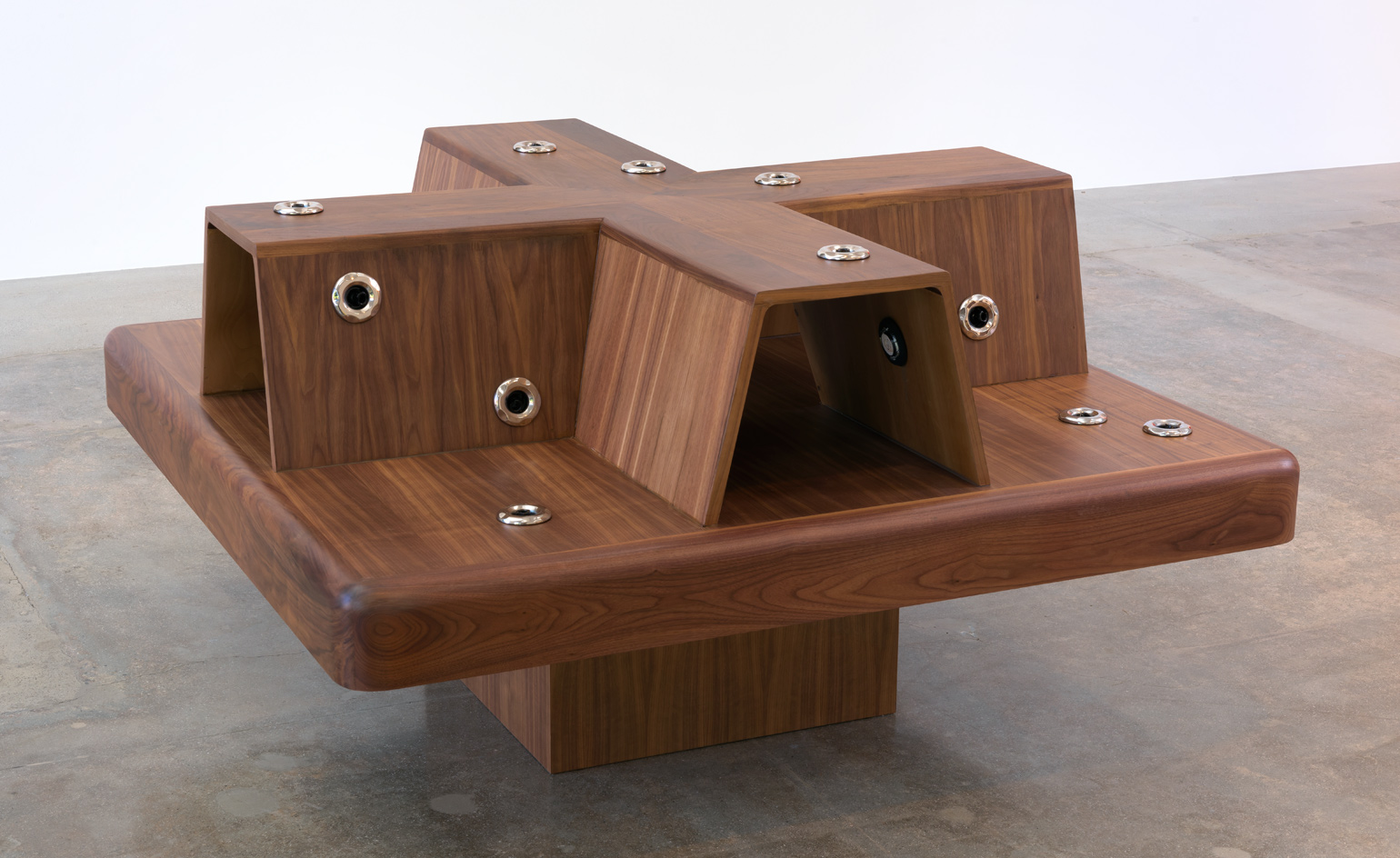
Social Chair, by Mika Tajima, 2016.
INFORMATION
The exhibition runs until 29 October. For more information, visit the Kayne Griffin Corcoran website
ADDRESS
1201 S La Brea Ave
Los Angeles
CA 90019
Wallpaper* Newsletter
Receive our daily digest of inspiration, escapism and design stories from around the world direct to your inbox.
-
 All-In is the Paris-based label making full-force fashion for main character dressing
All-In is the Paris-based label making full-force fashion for main character dressingPart of our monthly Uprising series, Wallpaper* meets Benjamin Barron and Bror August Vestbø of All-In, the LVMH Prize-nominated label which bases its collections on a riotous cast of characters – real and imagined
By Orla Brennan
-
 Maserati joins forces with Giorgetti for a turbo-charged relationship
Maserati joins forces with Giorgetti for a turbo-charged relationshipAnnouncing their marriage during Milan Design Week, the brands unveiled a collection, a car and a long term commitment
By Hugo Macdonald
-
 Through an innovative new training program, Poltrona Frau aims to safeguard Italian craft
Through an innovative new training program, Poltrona Frau aims to safeguard Italian craftThe heritage furniture manufacturer is training a new generation of leather artisans
By Cristina Kiran Piotti
-
 Leonard Baby's paintings reflect on his fundamentalist upbringing, a decade after he left the church
Leonard Baby's paintings reflect on his fundamentalist upbringing, a decade after he left the churchThe American artist considers depression and the suppressed queerness of his childhood in a series of intensely personal paintings, on show at Half Gallery, New York
By Orla Brennan
-
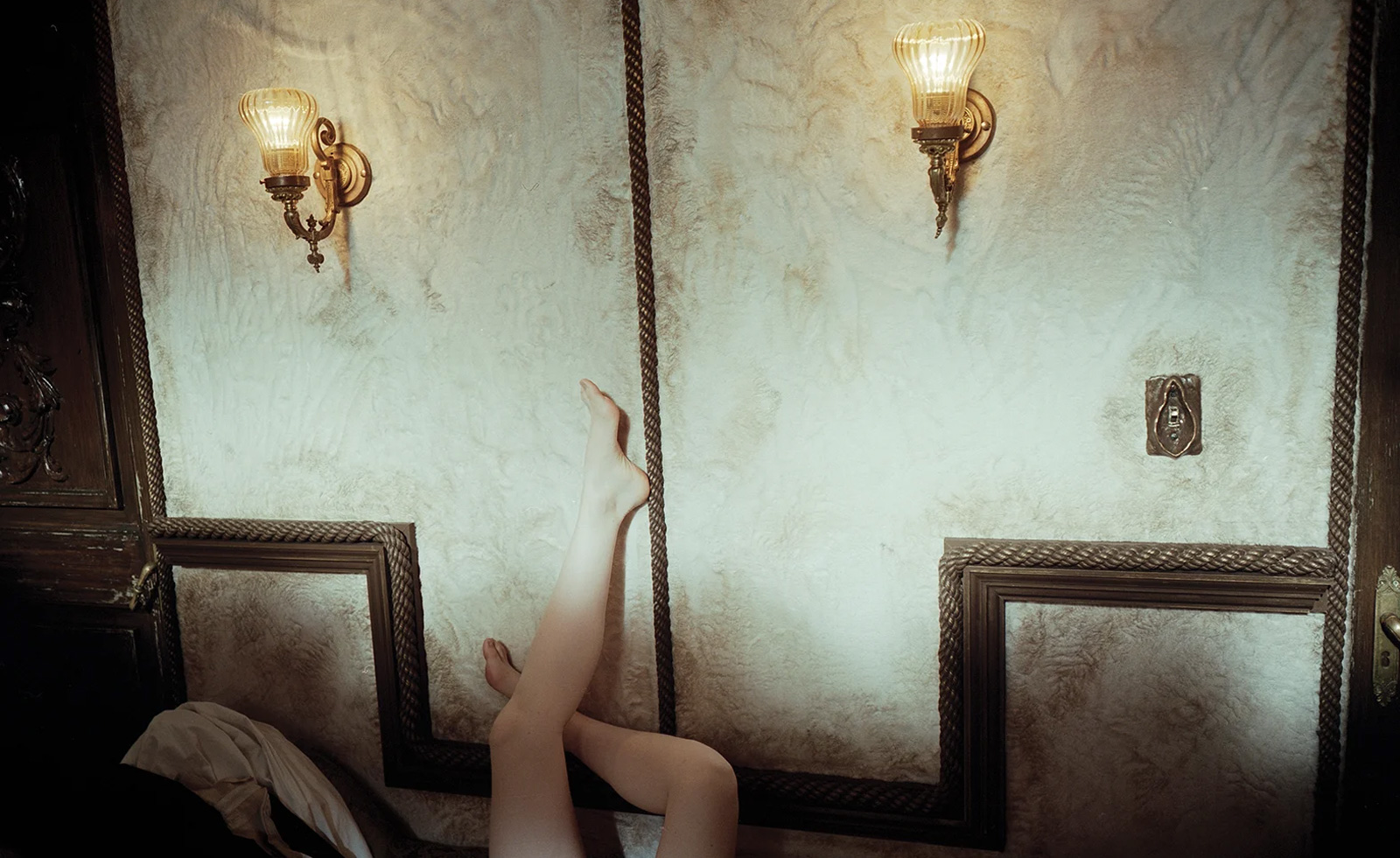 Unlike the gloriously grotesque imagery in his films, Yorgos Lanthimos’ photographs are quietly beautiful
Unlike the gloriously grotesque imagery in his films, Yorgos Lanthimos’ photographs are quietly beautifulAn exhibition at Webber Gallery in Los Angeles presents Yorgos Lanthimos’ photography
By Katie Tobin
-
 Desert X 2025 review: a new American dream grows in the Coachella Valley
Desert X 2025 review: a new American dream grows in the Coachella ValleyWill Jennings reports from the epic California art festival. Here are the highlights
By Will Jennings
-
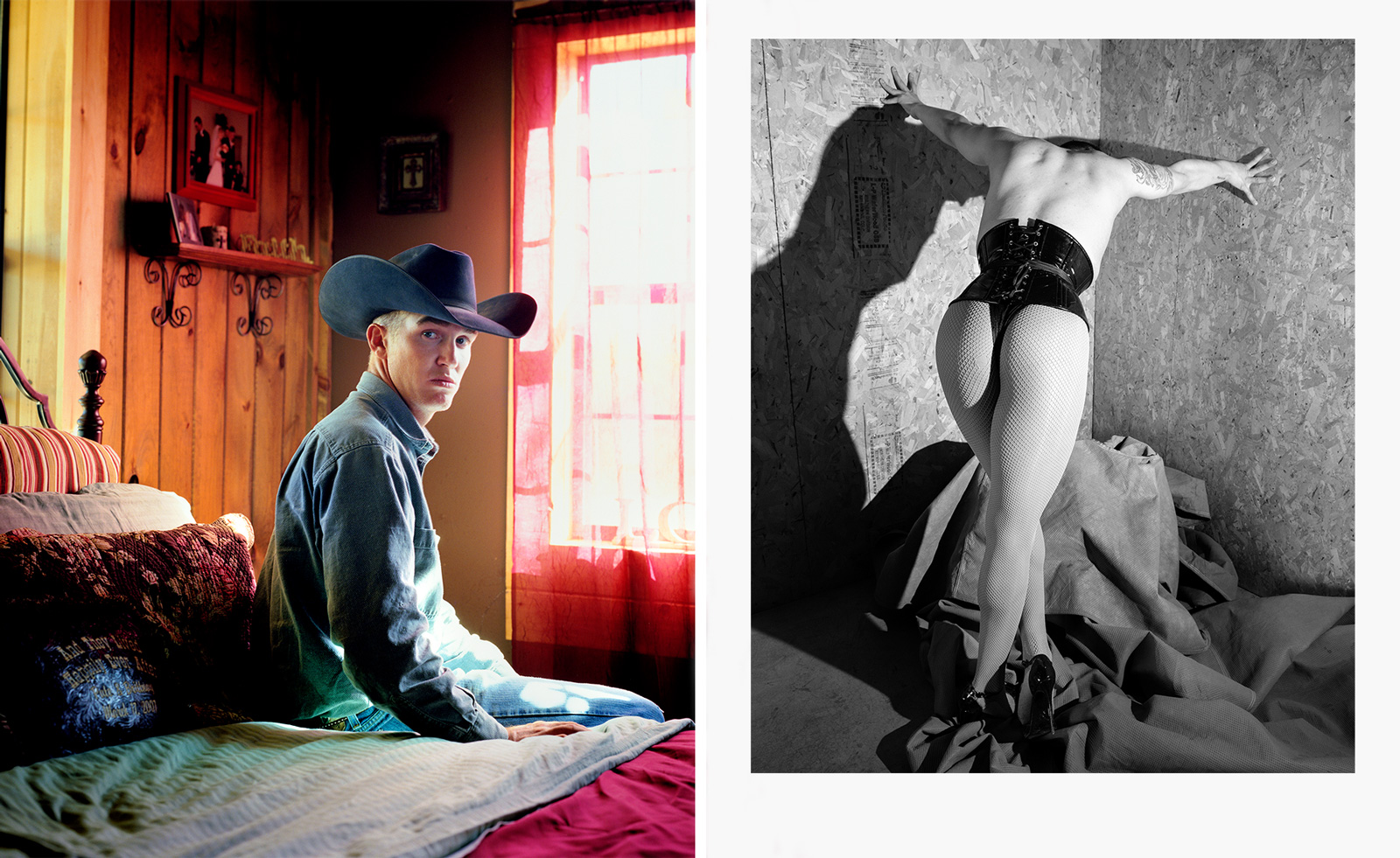 Cowboys and Queens: Jane Hilton's celebration of culture on the fringes
Cowboys and Queens: Jane Hilton's celebration of culture on the fringesPhotographer Jane Hilton captures cowboy and drag queen culture for a new exhibition and book
By Hannah Silver
-
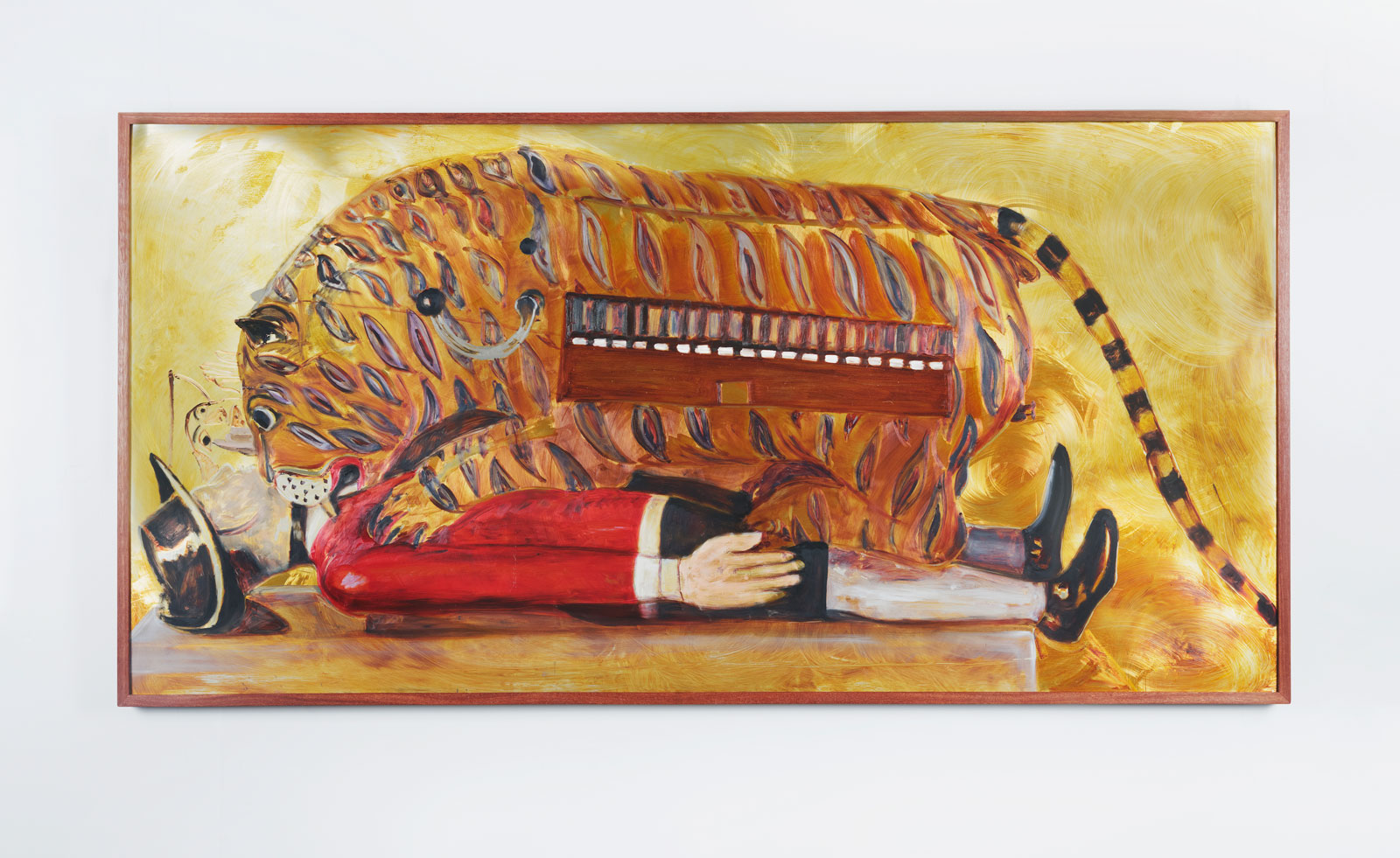 New gallery Rajiv Menon Contemporary brings contemporary South Asian and diasporic art to Los Angeles
New gallery Rajiv Menon Contemporary brings contemporary South Asian and diasporic art to Los Angeles'Exhibitionism', the inaugural showcase at Rajiv Menon Contemporary gallery in Hollywood, examines the boundaries of intimacy
By Aastha D
-
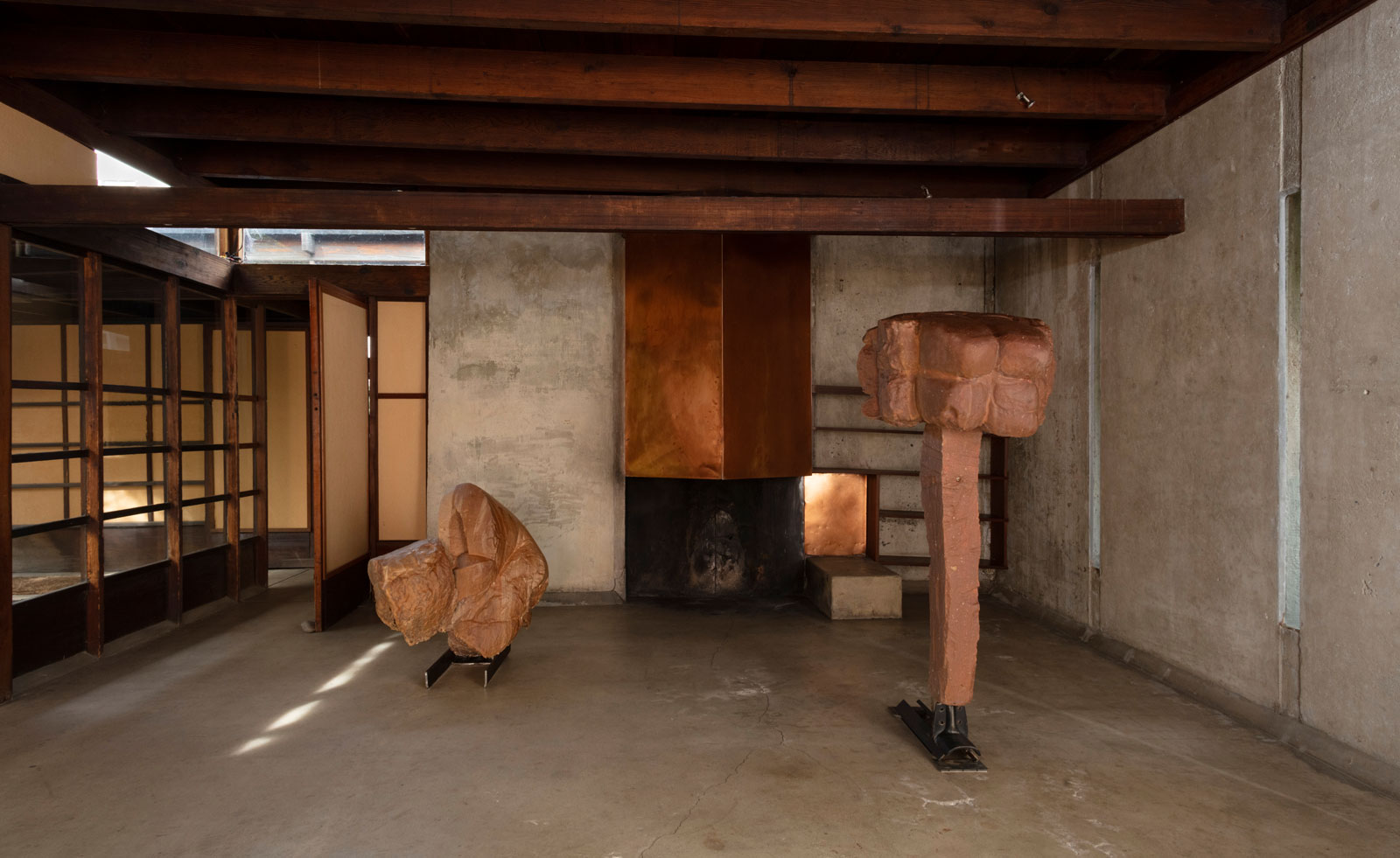 Helmut Lang showcases his provocative sculptures in a modernist Los Angeles home
Helmut Lang showcases his provocative sculptures in a modernist Los Angeles home‘Helmut Lang: What remains behind’ sees the artist and former fashion designer open a new show of works at MAK Center for Art and Architecture at the Schindler House
By Francesca Perry
-
 In ‘The Last Showgirl’, nostalgia is a drug like any other
In ‘The Last Showgirl’, nostalgia is a drug like any otherGia Coppola takes us to Las Vegas after the party has ended in new film starring Pamela Anderson, The Last Showgirl
By Billie Walker
-
 ‘American Photography’: centuries-spanning show reveals timely truths
‘American Photography’: centuries-spanning show reveals timely truthsAt the Rijksmuseum in Amsterdam, Europe’s first major survey of American photography reveals the contradictions and complexities that have long defined this world superpower
By Daisy Woodward